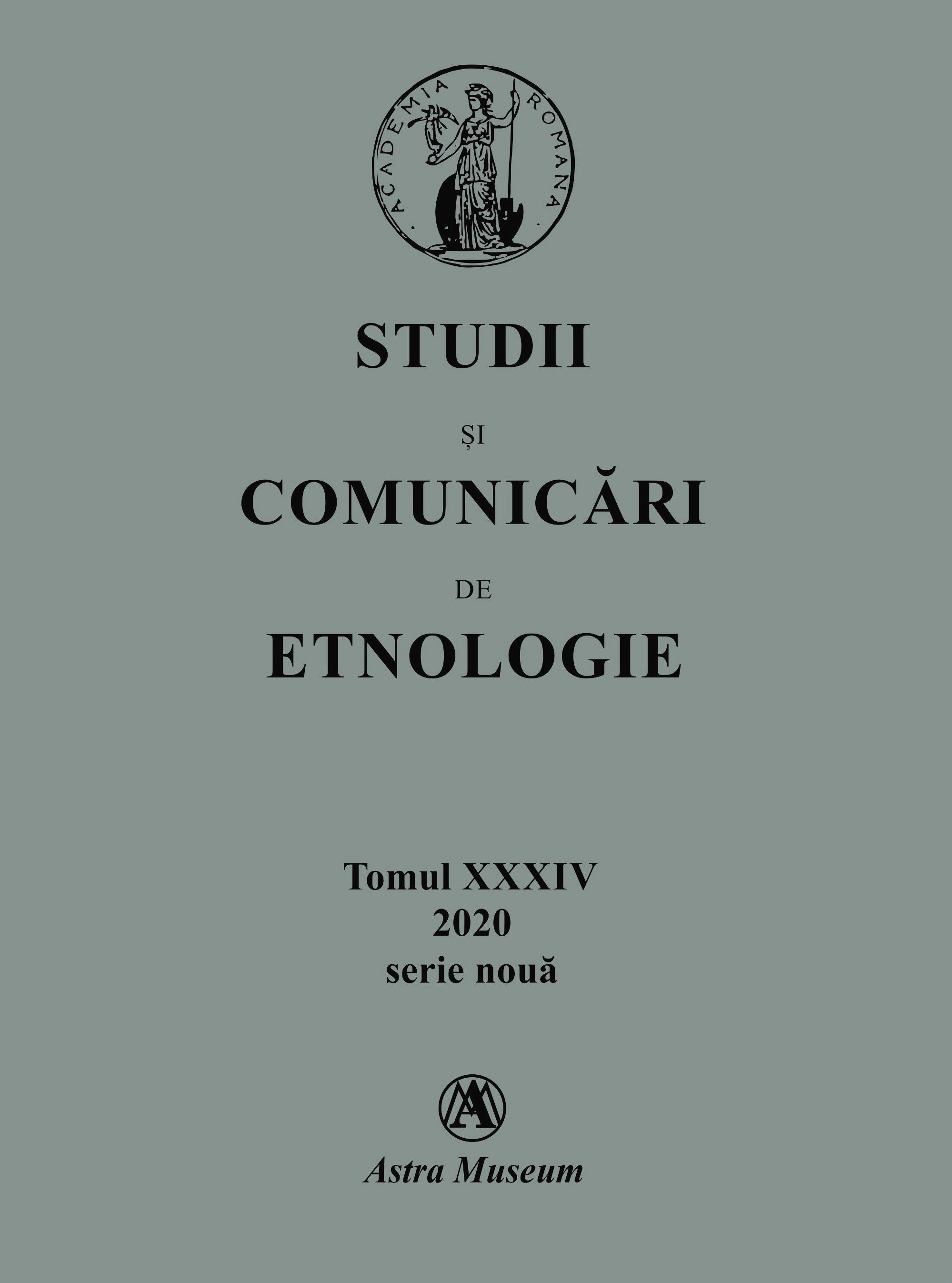Transhumanța carpatică, tradiție și continuitate
Die Wanderweidewirtschaft in den Karpaten. Tradition und Kontinuität
Author(s): Lucian DavidSubject(s): Anthropology, Micro-Economics, Environmental interactions, Tourism
Published by: ASTRA Museum
Keywords: phytogeographical resources; transhumance; occupation; pastoral landscape; organic dairy products;
Summary/Abstract: Transhumant shepherding is carried out exclusively outside „vatra satului” (heart of the village). This is due to the lack of land, so the harvested hay is insufficient for sheep wintering. In their search of pastures, Romanian shepherds, „bârsani (săceleni, brăneni, covăsneni, brețcani), mărgineni (jieni, poienari etc.)” (inhabitants of the respective areas), also those from the Subcarpathians and the south of the Danube, could be found in the plains on the seaside of: Black Sea, Caspian Sea, Adriatic Sea, Ionian Sea, Aegean Sea, in the Ponto-Caspian steppes, beyond Dniester and Prut, all the way to Crimea and the northern Caucasus. The temporary swarming of shepherds had an important role in spreading the language, the customs and the traditions of the ancestors, life concepts etc., determining the formation of a unitary concept regarding the historical purpose of Romanians among the peoples of the world. The rural resident must be aware that the traditional family farm (micro-farm) is an element of the landscape, part of the cultural heritage. He can use it efficiently, in order to obtain sources of income from the capitalization of dairy products and meat (coming from the family surplus), from the practice of agritourism etc.
Journal: STUDII ŞI COMUNICĂRI DE ETNOLOGIE
- Issue Year: XXXIV/2020
- Issue No: 34
- Page Range: 98-111
- Page Count: 14
- Language: Romanian
- Content File-PDF

